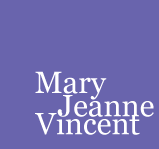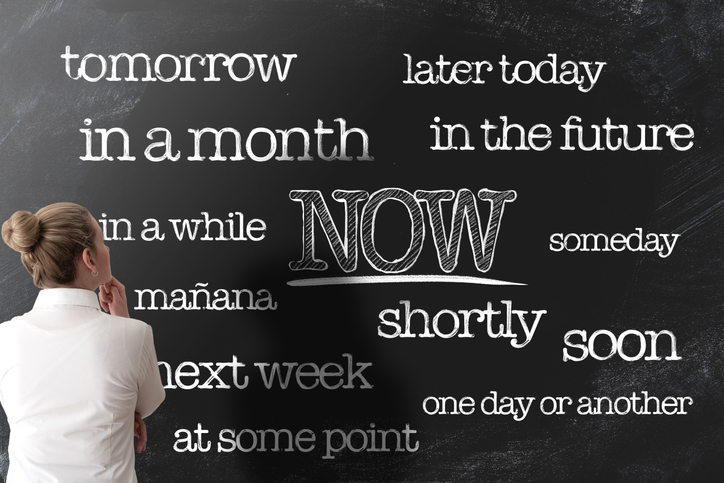
Literacy Matters!
September 20, 2021
Free Career Resources
October 18, 2021Every day I work with talented individuals who want to share their expertise but can’t seem to connect with their audience. They struggle to tell their story in a compelling, meaningful way that clicks with hiring managers.
There are three major issues that I encounter when working with clients in this situation. Telling too much of the story — sharing tedious, uninteresting details and ending up in the weeds; discounting or oversimplifying contributions and leaving out the interesting parts; and dragging negative emotions into the story. These three issues take you out of the game and prevent you from ever reaching your target audience.
When telling your story, a good place to start is with your resume. Building a strong, accomplishment-centered resume helps you work the kinks out of your presentation, provides a basic outline for your LinkedIn profile and prepares you for interviews.
Start the resume process by asking yourself, “What part of my current or past experience is essential to landing my next job?”
This is what matters! Highlight those elements of current and past jobs in three to five sentences, each of which begins with an action verb. This is your job description. Make it interesting, vary each job description even if there is overlap from one job to the next. I don’t want to hire a candidate who has one year of experience ten times, I want to hire a professional with 10 years of increasingly responsible experience.
What about all my other job responsibilities? You may have performed other duties or had additional responsibilities, but if they aren’t relevant for the future, don’t distract the reader with them. Your resume is not a laundry list of everything you did or a recap of the company’s official job description, it is a document that describes your unique contributions. Next, identify specific stories that demonstrate your experience in those areas. Write about them in a way that tells what you did and sells the results you achieved. Hone each story down to a maximum of two sentences. Give me the big picture, the view from the 747 jet plane, not the crop duster. You can share other relevant details during the interview.
Sometimes you’ve done your job so long that you fail to recognize all the ways that you contribute. In that case, check out LinkedIn profiles and review job descriptions of interest for salient job details that you’ve overlooked and add them to your job description. Whether you are looking for a $75,000 or $250,000 job, your marketing materials must support your qualifications for it. Don’t assume that your current job title will make you a shoo-in for the position, it won’t!
Finally, negative feelings associated with a job can spill over to the resume (and the interview) if you don’t deal with them. Bad things happen and if you don’t find a way past them, they will prevent you from reaching your goals. Through conversation with a client, I am often able to reframe a situation so that it can be included as a positive on the resume or framed as a learning experience during an interview. If you have difficulty finding the silver lining work with a coaching partner who can help you reframe the experience. Taking time to create a strong marketing tool lays the foundation for a successful job search.
©2021 Mary Jeanne Vincent. All rights reserved.




